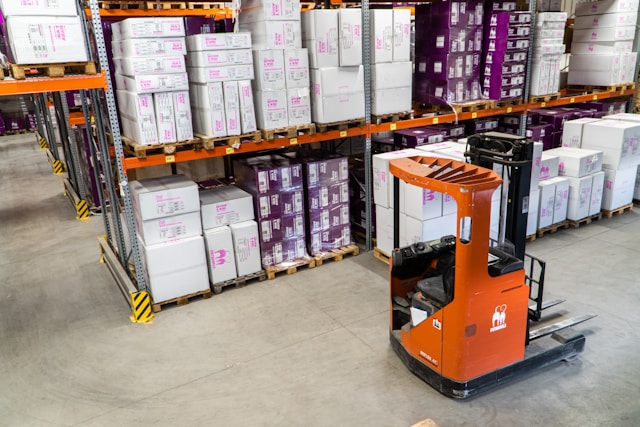Manufacturing is a fiercely competitive landscape, which means cutting down on operational costs while offering the same, if not better, level of surface and quality of production is paramount. Now, boosting your robotics, streamlining your processes, and even using simple organizational systems on the floor can all help improve the efficiency of your manufacturing plant, but that’s all surface-level.
If you really want to improve your manufacturing operations, you need to look at your data. It’s where your secret weapon lies, and the best part? The longer you’ve been in the game, the more data, and therefore greater insights, you have available.
That is, of course, if you can access and use your data easily. If it’s spread across old systems, locked away in outdated or even retired software, or just saved on multiple devices or scattered around locations, then you aren’t getting the insights you need to stay ahead of the game.
Unlocking the power of data gives you the unique and important opportunity to revolutionize your manufacturing process and, in doing so, propel your organization toward Industry 4.0.
What Your Data Warehouse Can Do For You
Manufacturing facilities today are rich with data. You have sensor readings, machine logs, ERP system records, and so much more. Every time you invested in further automating your production floor, you were feeding your system data. Then there’s the user data, sales data, marketing data – there is so much information relevant to your business right in your own hands, and it’s time to put it to work.
To help you really understand just how your data can help boost operational proficiency, here’s a peek at what you can expect:
- Enhanced Machine Performance
Predictive maintenance, powered by data sourced from sensors and other monitoring tools from the Internet of Things (IoT), can help you boost uptime by being proactive in maintenance. This means you can prevent breakdowns, optimize maintenance schedules, and minimize the costs associated with repairs all in one fell swoop.
- Identify Inefficiencies
Production line data can help you identify bottlenecks on your production floor. This is done by analyzing things such as cycle times, non-value-adding activities, layouts, and more. With all that information, you can really start to streamline processes.
- Quality Control
Quality control is essential in manufacturing, at the very least to ensure that products are up to spec and uniform across the order. By using real-time data from sensors and quality control checks, your system can easily spot product defects early in the production cycle, allowing workers to make quick, decisive changes while minimizing scrap rates.
- Full Supply Chain Optimization
Supply chains are massive, unruly, and costly. That’s why so much emphasis has been placed on supply chain optimization in the past, but the truth is that your optimization efforts will only improve as you get more data. Not only can you better forecast demand, but you can also improve supply routes by using existing data.
How to Get Your Data Under Control with a Warehouse
As you can see, you can do a lot with your data to improve manufacturing operations. All that’s left is to follow these steps to help get your data under control:
- Centralize Your Data
What you can’t do, however, is extract this information from a mess of different datasets. That’s why it’s so important to invest in a full master data governance setup, starting with your database or, more likely, a data warehouse.
Why the data warehouse vs database debate? The answer is simple. A database is a relatively general term for where you store your data. Specifically, it’s a destination for data that helps you complete day-to-day operational tasks. Data warehouses, on the other hand, act as a central repository that holds all data (and previous versions), allowing you to better track trends and forecast predictions for the future.
- Set Data Governance Policies
In order for that information to be useable, you need to use data governance policies to define data standards, as well as establish who owns the data and access controls. This is essential since it’s step one in securing your data and preventing issues from arising due to cyberattacks.
- Use Analytics and Machine Learning
Analytical tools, especially machine learning systems, work best with an increasing amount of data, so it’s important to put them to work early. Business intelligence (BI) tools, in particular, allow you to visualize data, generate reports, and extract actionable insights from your own information. Since all the data is in one place, the insights you can expect will be far more in-depth and useful than ever before.







